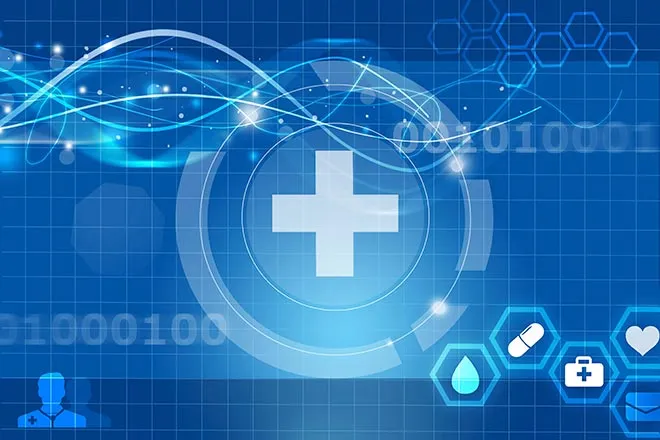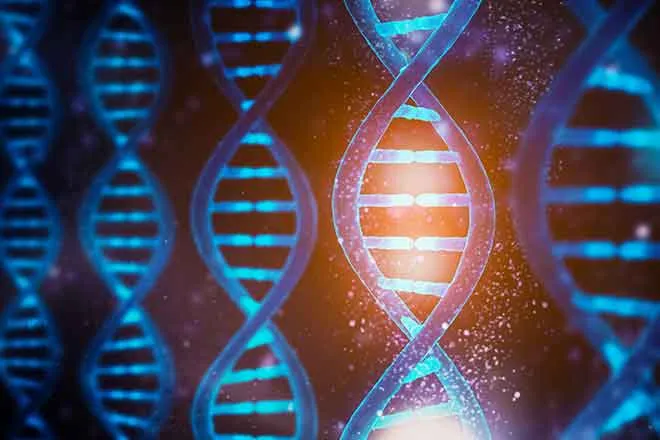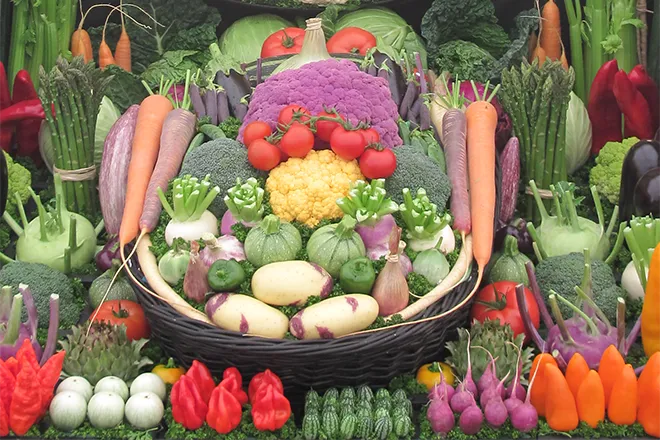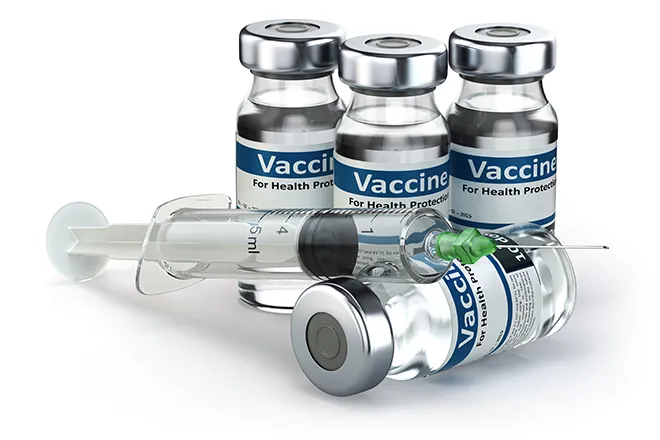
EarthTalk - What’s the connection between microplastics and increased antibiotic resistance?
©
Dear EarthTalk:
What’s the connection between microplastics and increased antibiotic resistance?
G.R. Symes, Tallahassee, FL
Microplastics are tiny plastic fragments that pollute oceans, rivers and the air. They’re now being linked to a serious public health threat known as antibiotic resistance. Scientists have started to uncover how these microscopic particles can be found everywhere from bottled water to human blood, which might be speeding up the spread of antibiotic-resistant bacteria. Given that antibiotic resistance is already a growing crisis with the potential to make common infections untreatable, the role of microplastics in this issue is raising serious concerns. But how exactly do these tiny particles contribute to such a big problem?
One way microplastics fuel antibiotic resistance is by acting as “hotspots” for bacteria to interact and exchange genes. “Microplastics provide a surface for bacteria to attach, form biofilms, and share genetic material, including antibiotic resistance genes,” says Mengyan Li, an environmental microbiologist at the New Jersey Institute of Technology. As bacteria gather on microplastics in water systems or soil, they actively pass resistance traits to each other more easily. Over time, these interactions lead to more strains of bacteria that no longer respond to antibiotics, making infections way harder to treat.
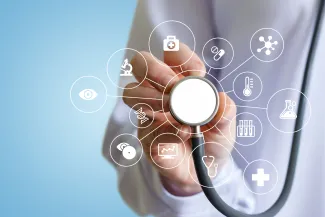
Besides acting as bacteria breeding grounds, microplastics also carry chemicals that make the problem even worse. Many plastics contain additives like bisphenols and phthalates that increase the chances that they develop resistance. Microplastics can also absorb antibiotics and other pollutants from the environment. This exposes bacteria to low doses of these drugs and encourages them to adapt. This combination of factors turns microplastics into tiny but dangerous incubators for antibiotic resistance.
That microplastics are everywhere makes tackling this issue really tough. These particles have been found in drinking water, seafood and even human organs, suggesting that we are constantly exposed to them. While the exact health impacts are still being studied, their ability to carry resistant bacteria into the human body is alarming to say the least. If antibiotic-resistant microbes hitch a ride into the digestive system, they could potentially transfer resistance genes to the body's own bacteria. This makes the risk of hard-to-treat infections even worse.
Fixing this problem means reducing plastic pollution at its source. Experts suggest stricter regulations on plastic waste, better filtration in water treatment plants, and more research into biodegradable alternatives. Also, efforts to combat antibiotic resistance are more important than ever. Even though microplastics might seem small and insignificant, their role in the global antibiotic resistance crisis is definitely not.
CONTACTS
- Microplastics Could Be Fueling Antibiotic Resistance, https://www.bu.edu/articles/2025/microplastics-could-be-fueling-antibiotic-resistance/.
EarthTalk® is produced by Roddy Scheer & Doug Moss for the 501(c)3 nonprofit EarthTalk. See more athttps://emagazine.com. To donate, visit https://earthtalk.org. Send questions to: question@earthtalk.org.



